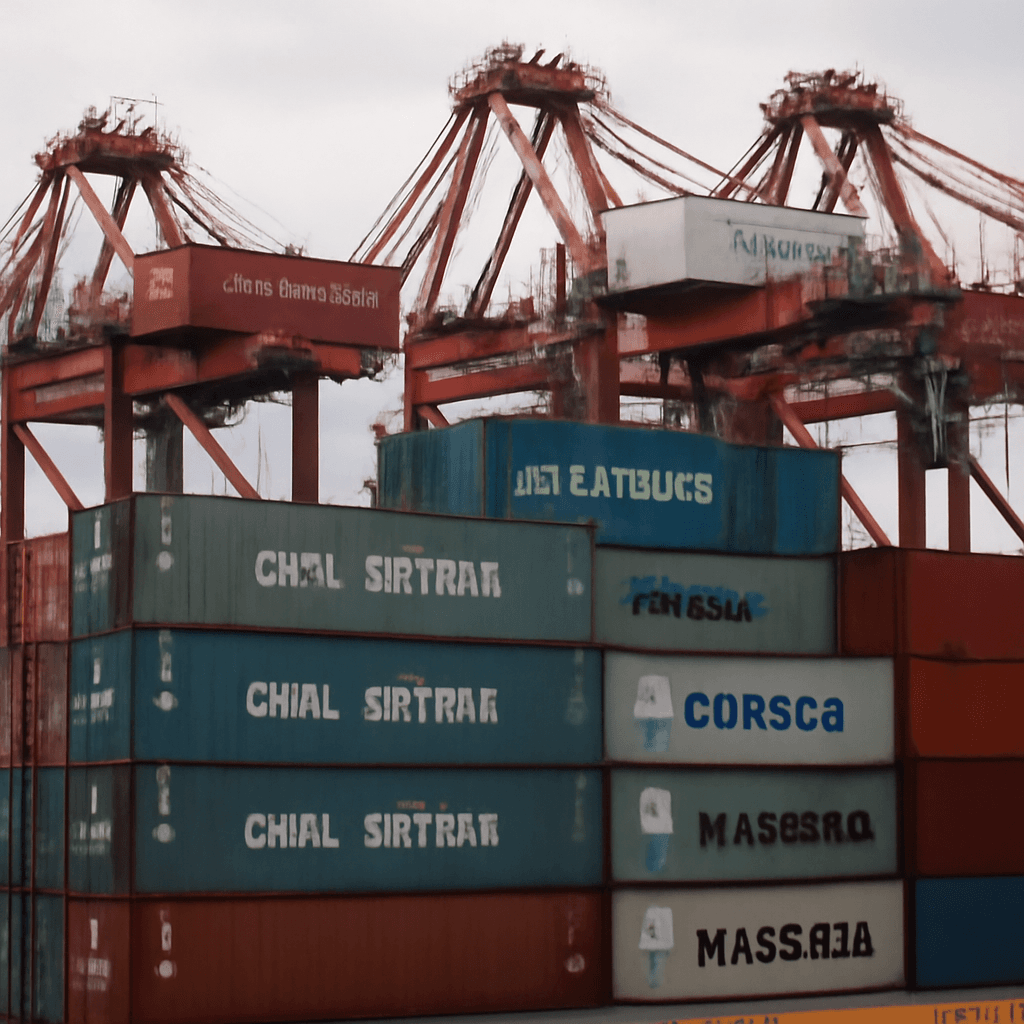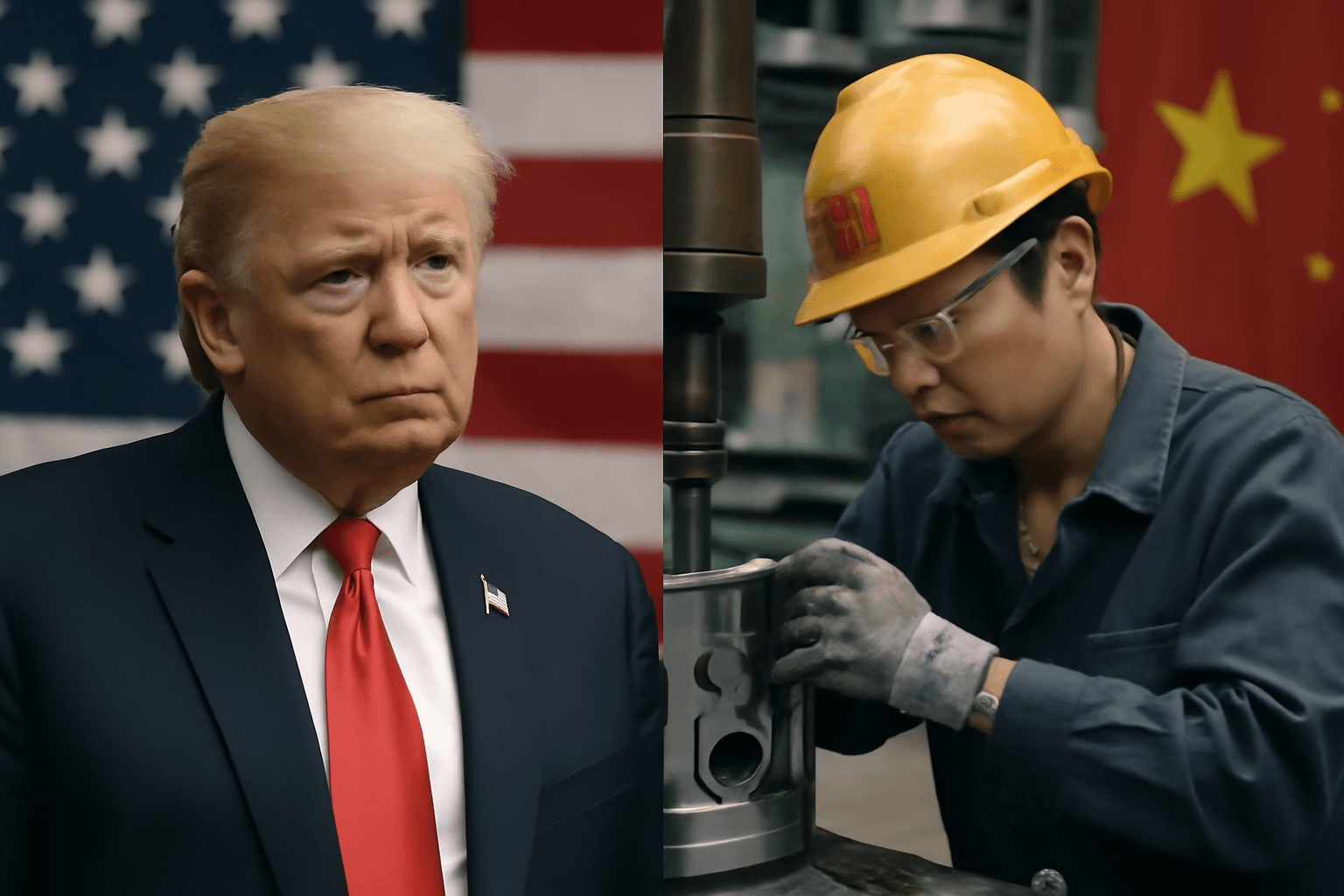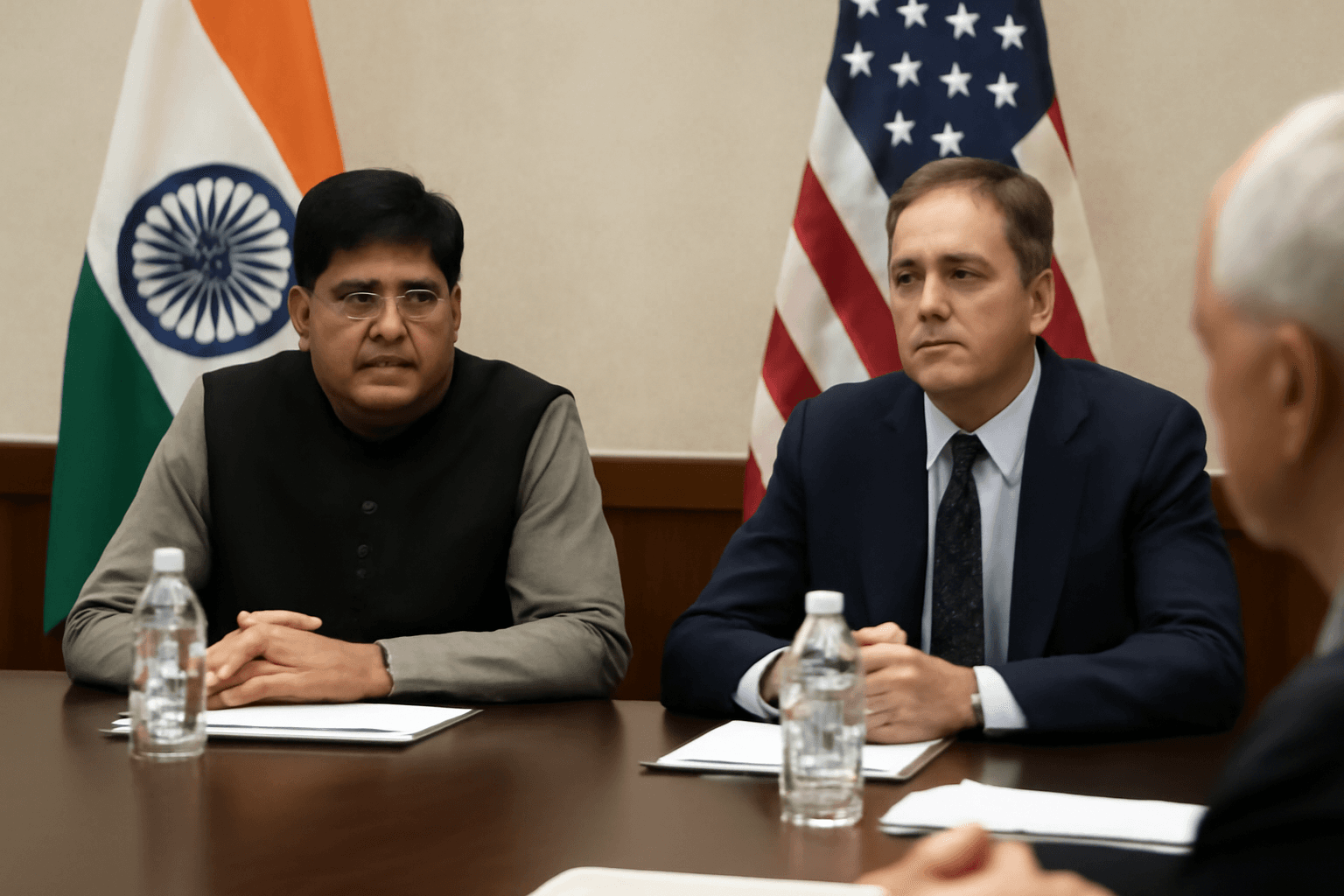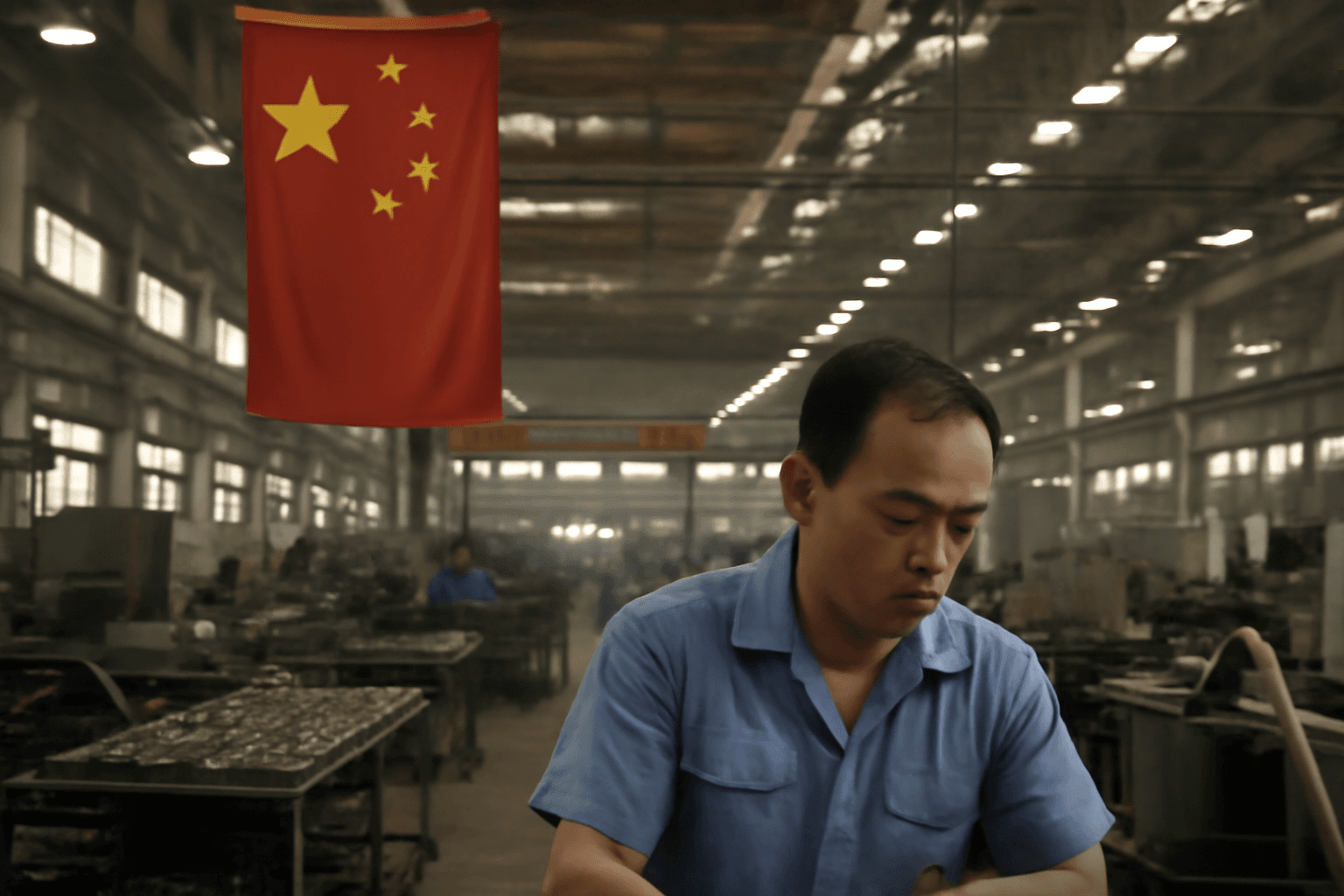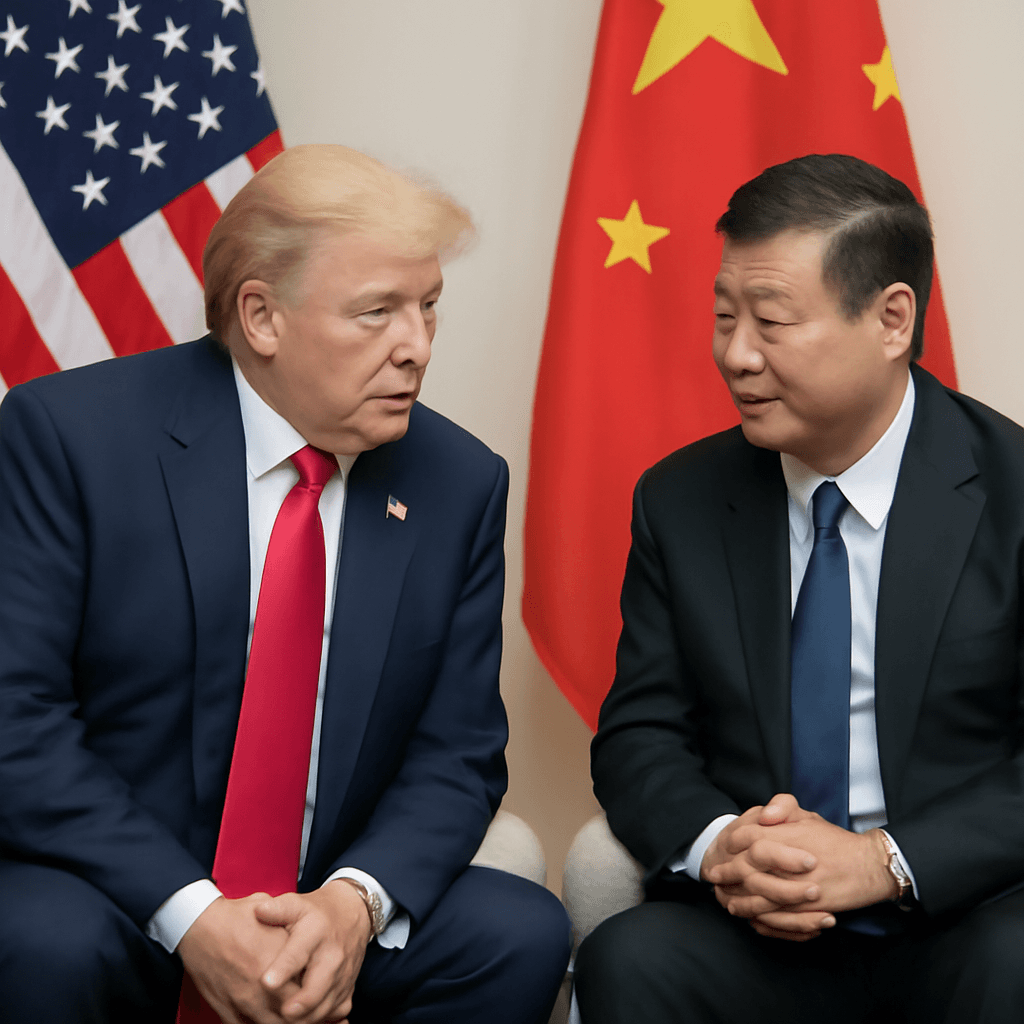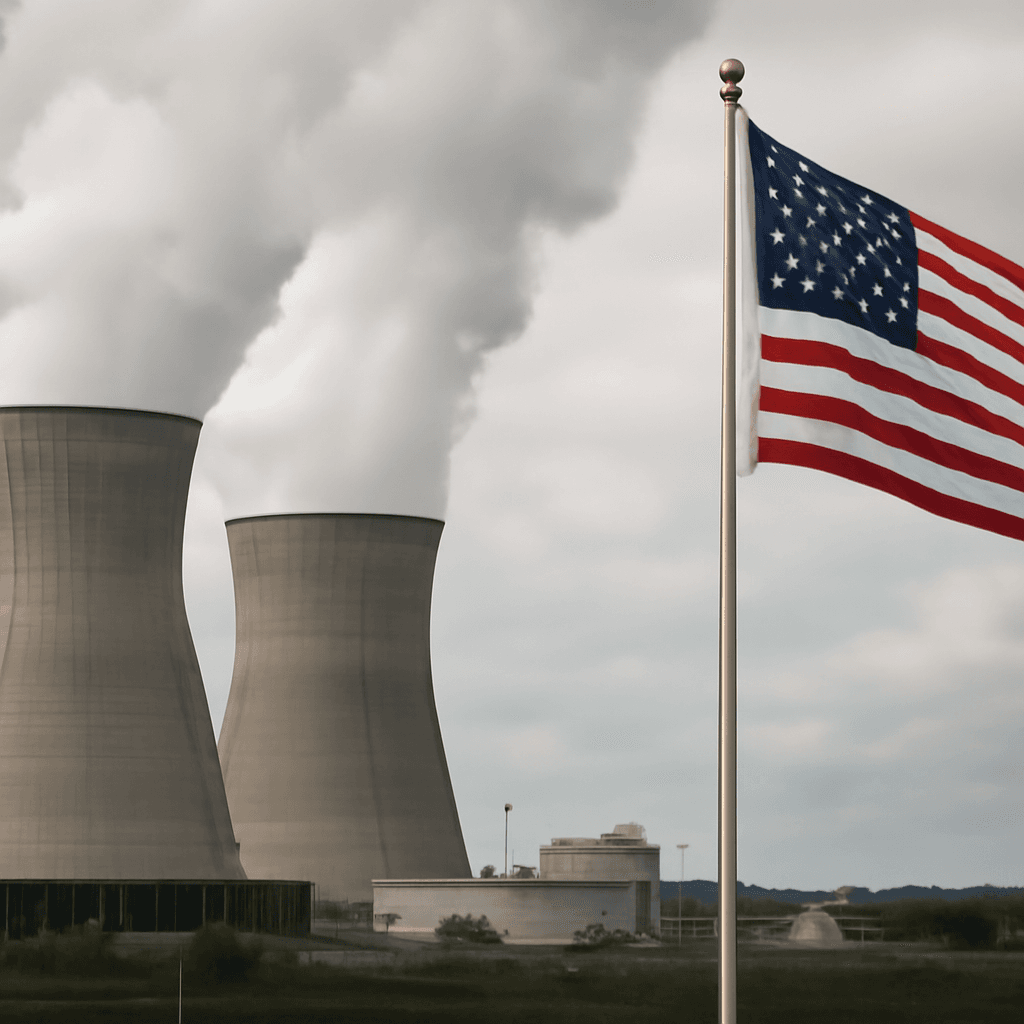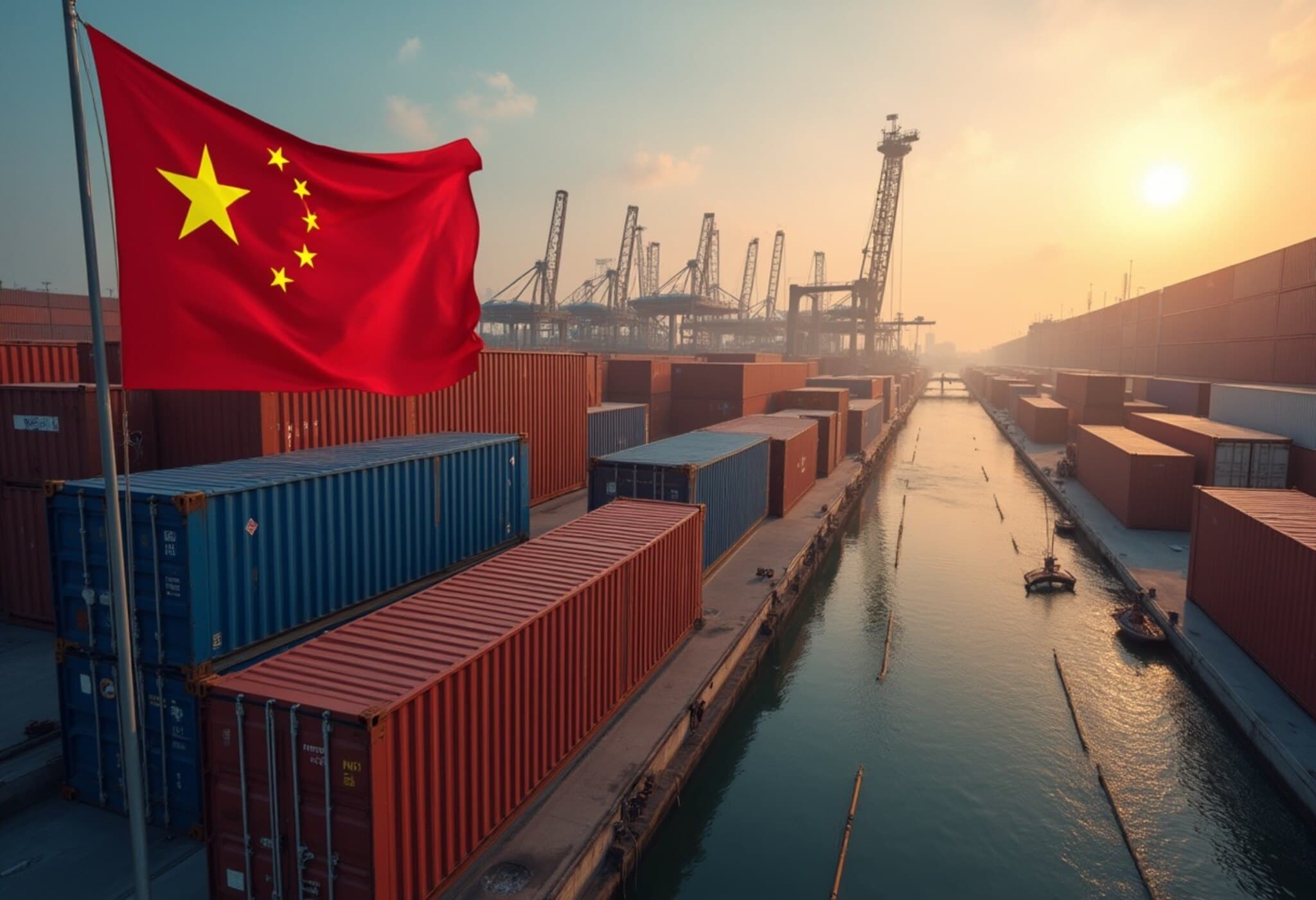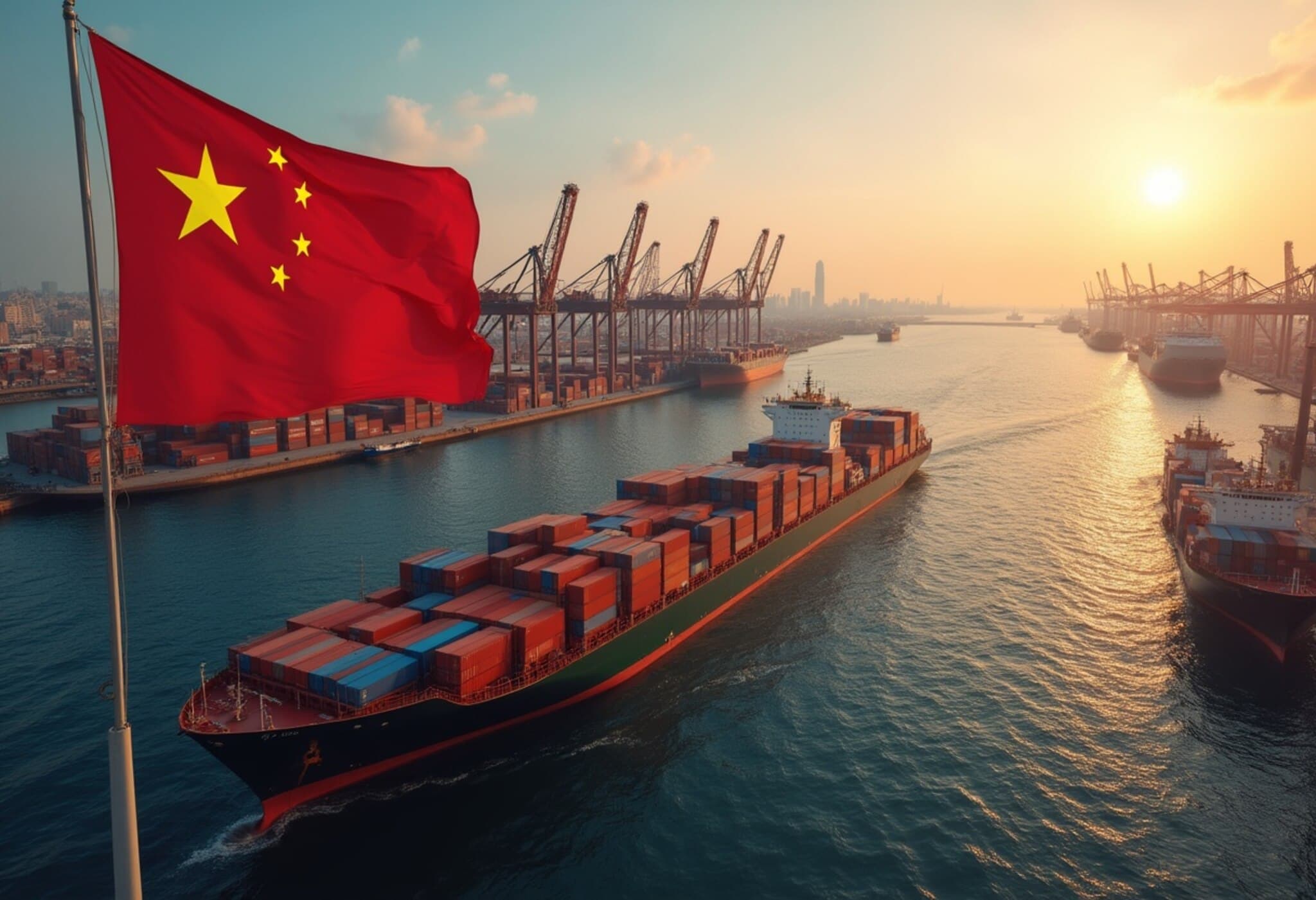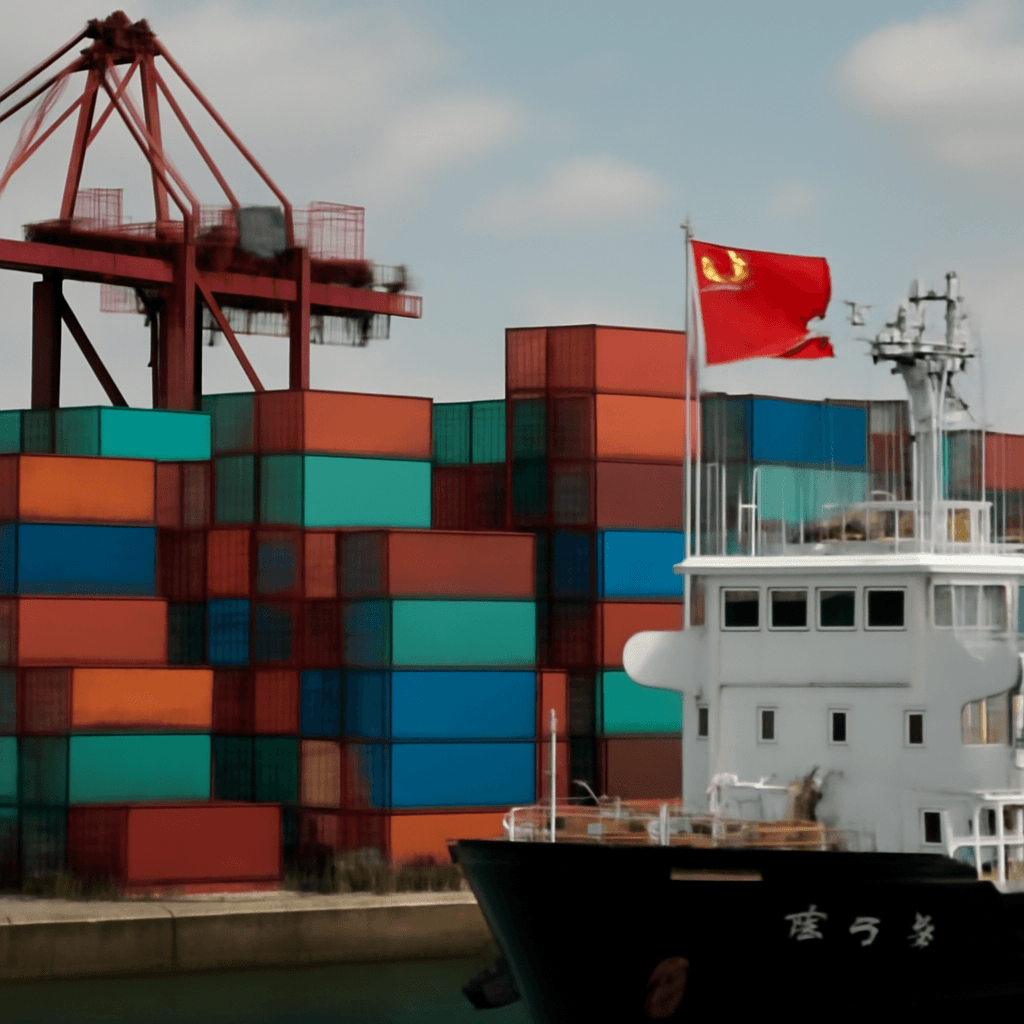China’s Export Growth Slows as Trade War Pressures Mount
In May, China's export growth eased to its lowest level in three months, reflecting ongoing challenges amid the protracted trade tensions with the United States. Customs data revealed that exports increased by 4.8% year-on-year, a significant drop from the 8.1% growth recorded in April and shy of market expectations pegged at 5.0%. Meanwhile, imports contracted by 3.4%, deepening the decline seen in the previous month.
Trade War Impact and Tariff Dynamics
The dampened export figures come despite a recent rollback of US tariffs on Chinese goods in early April, aimed at easing frictions between the world's two biggest economies. Nonetheless, the trade conflict continues to weigh heavily on China's manufacturing and trade sectors, as uncertainty reigns over critical issues such as rare earth material controls and Taiwan. Both nations are actively engaging in discussions, with trade representatives reconvening in London and ongoing high-level dialogues attempting to chart a path forward.
Growing Trade Surplus Amid Declining Imports
Even with the slowed export expansion, China reported a robust trade surplus of $103.2 billion in May, up from $96.18 billion the previous month. However, the sharp import decline signals weakening domestic demand and poses concerns about broader economic momentum.
Factory-Gate Deflation Hits Two-Year Low
Adding to the economic pressure, China’s factory output values declined to the lowest point in two years as producer prices continued to fall. The producer price index (PPI) dropped by 3.3% year-on-year in May, marking the most significant contraction in 22 months and a deeper slide than the 2.7% decline seen in April. Consumer prices edged down by 0.1%, extending the trend of softening inflation at the consumer level.
Domestic Stimulus Measures Aim to Stabilize Growth
To counteract these headwinds, Beijing introduced several monetary stimulus initiatives in May. These included cuts to benchmark lending rates and a substantial 500 billion yuan low-cost loan program geared towards supporting elderly care and boosting consumption in the services sector. These strategies seek to cushion the economy amidst shrinking export momentum and ongoing volatility in the property market.
Looking Ahead: Trade Talks and Economic Recovery
The combination of softer export growth, steep import contraction, and pronounced factory deflation signals a challenging environment for China’s economic recovery. The outcome of the US-China trade discussions will be critical in shaping the near-term trajectory. Successful negotiations could help stabilize trade flows and alleviate manufacturing pressures, while continued discord may deepen uncertainties for the world's second-largest economy.
As global markets watch closely, China’s ability to navigate these multifaceted challenges will determine how quickly it can sustain growth beyond the pandemic and property sector setbacks.

